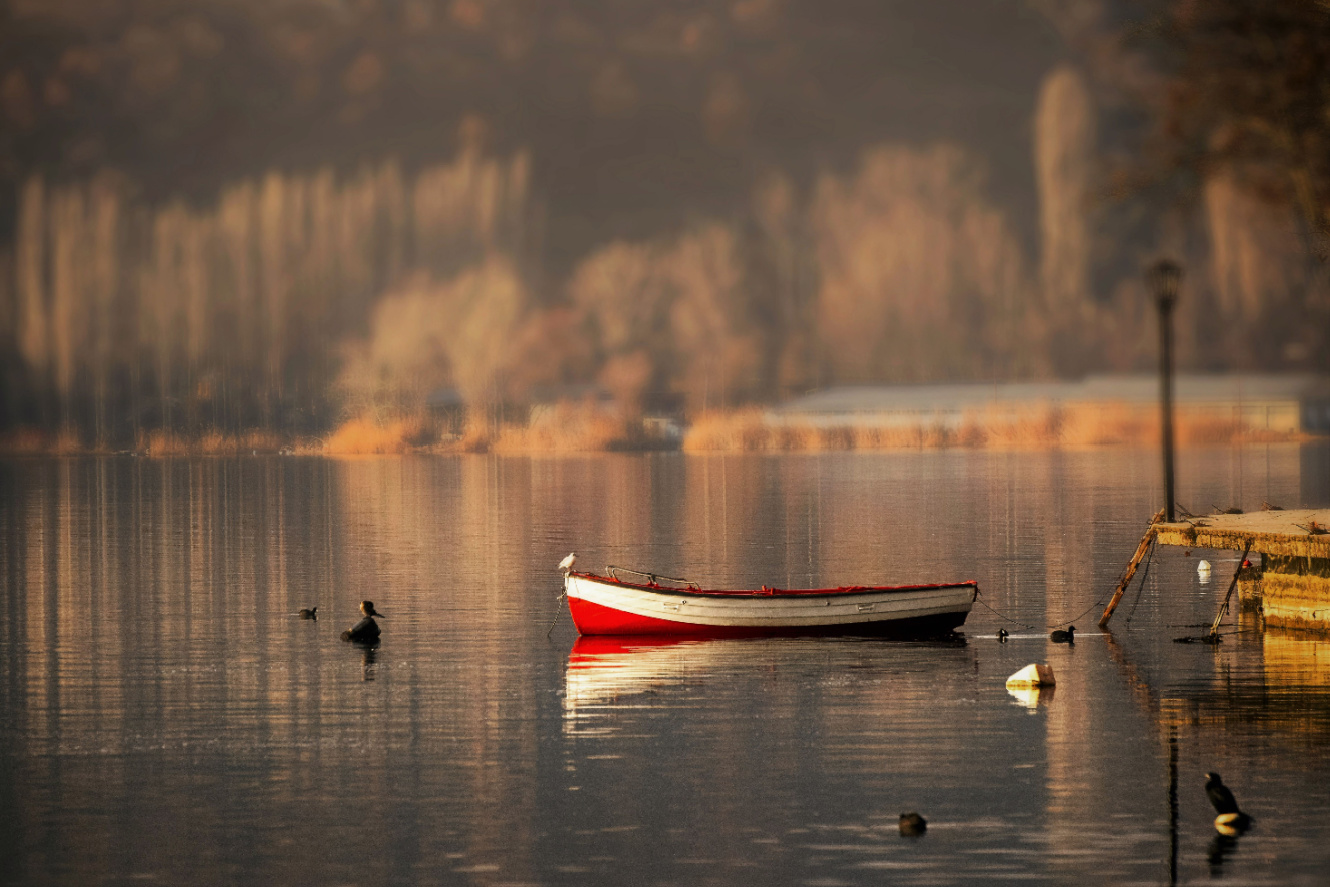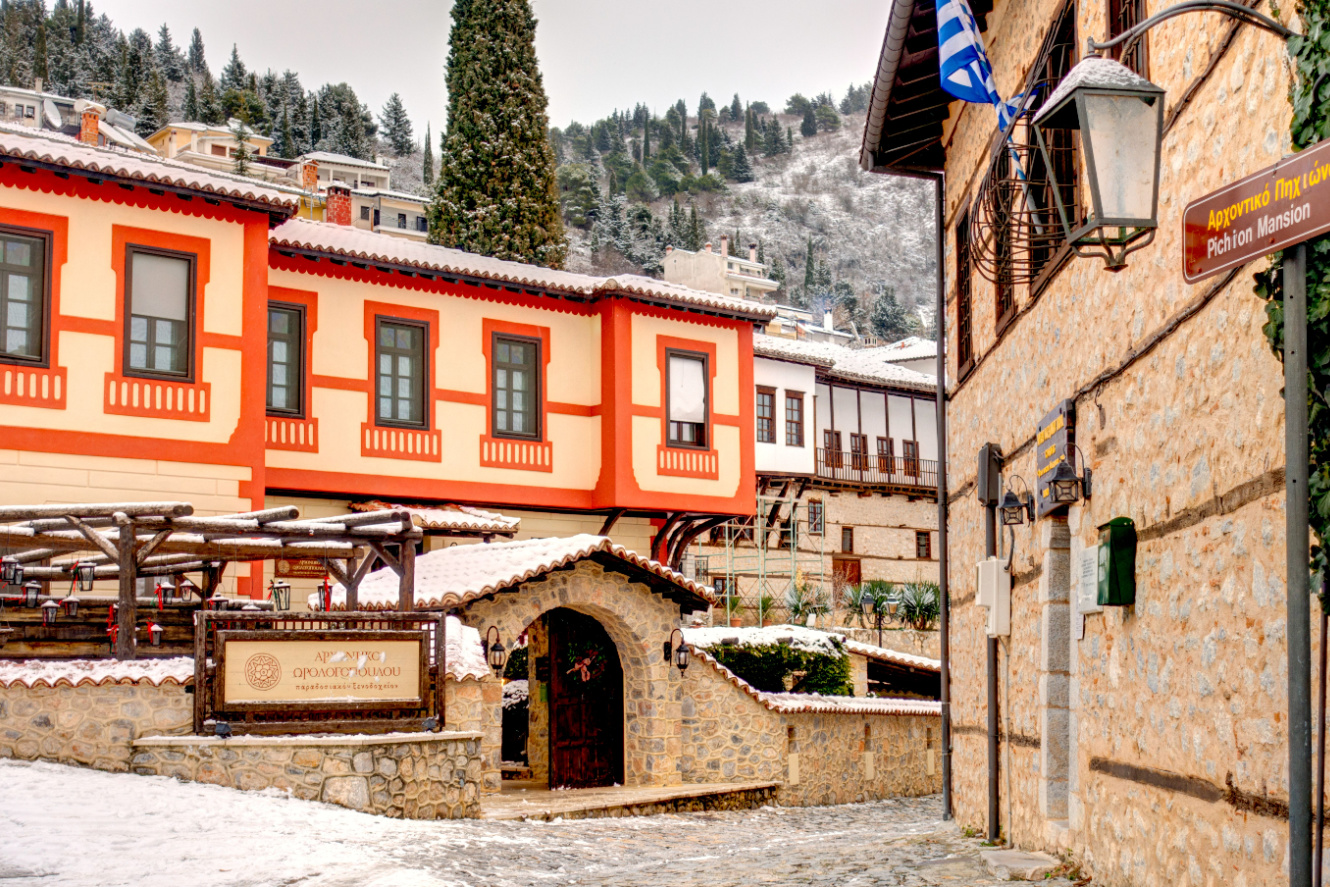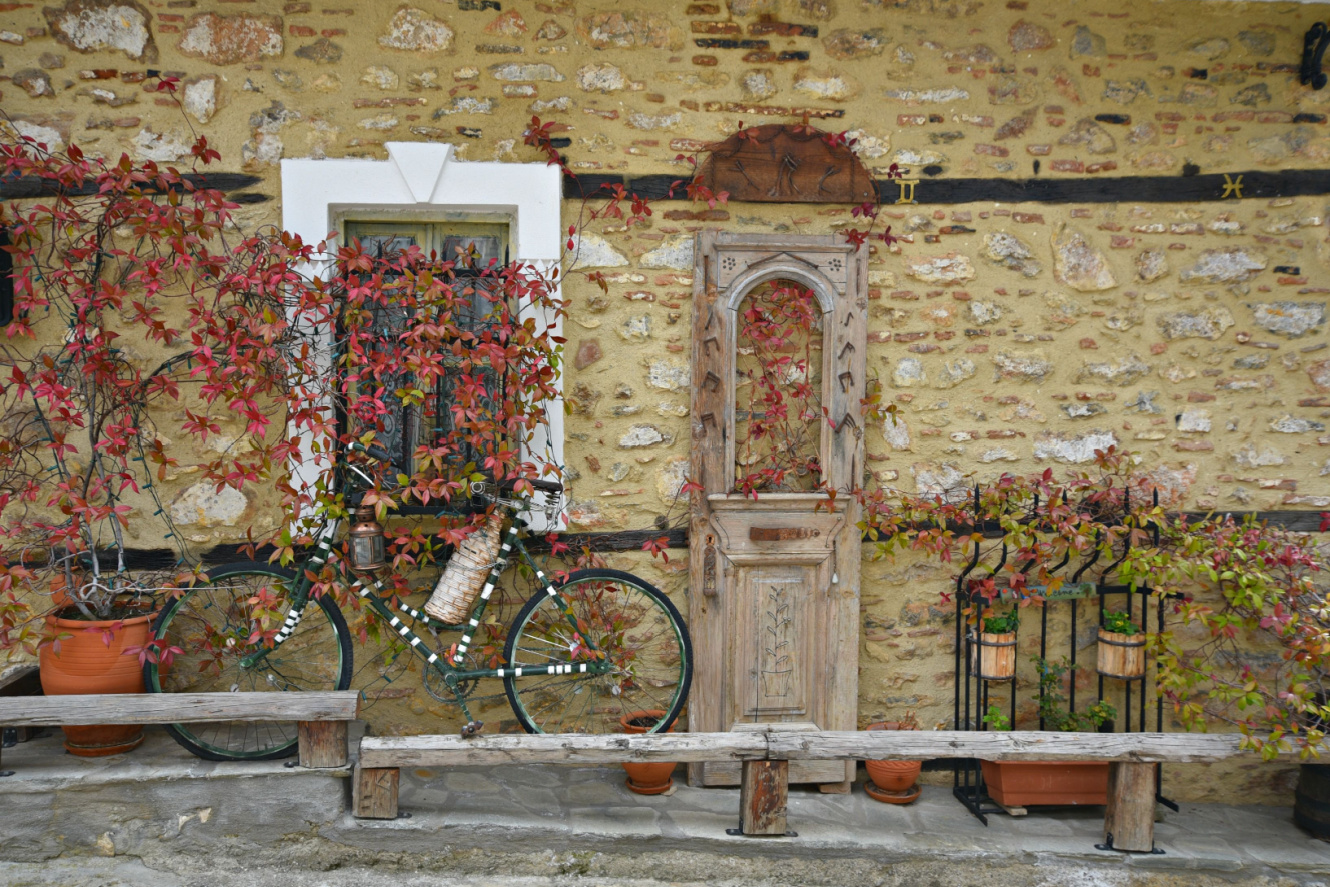Kastoria: An exciting weekend with walks on the lake and the old town




After the long walk in cold and damp conditions you will need to “catch” temperature and warm up. And since your appetite will surely have been whetted then it is worth a visit to the tavern “Pasatempos” for inspired meze and well-roasted meats. Also go to “Steki tis parasa” for traditional dishes, generous portions and a convivial atmosphere. For a drink, all roads lead to “Peripou“. The meeting point in town for nightlife with parties, cocktail nights and funky music.

After it’s sunrise on Sunday and you’ve had your coffee at the “Svura” overlooking the lake, you start exploring the old quarter of the city, Dolcho. Be careful because you are likely to get lost as dozens of mansions succeed one another, some dilapidated and one step away from collapse and others restored and proud. Because of these mansions and the 70 or so churches (Byzantine and post-Byzantine), Kastoria is a destination for historians and researchers. The old mansions attract researchers from all over Greece and beyond, as their wealth has not yet been fully appreciated. You will see them walking among the ruins, staring doggedly at the walls, hoping to scrape away the plaster and reveal a huge fresco. For lunch, you go to “Doltso“. In the 1860’s mansion, where the floors, ceilings and stone wall have been preserved, the atmosphere commands traditional Kastorian food.

But Kastoria is still a place full of surprises and customs. If you decide to visit the city after New Year’s Eve, from January 6 to 8, you will take part in the famous “Ragoutsaria“. The locals dress up and organize themselves into boules. Each boulouki, with its own orchestra, takes to the streets, drinking and dancing and asking for treats from passers-by and houses. A mask is essential, as is a good mood and a willingness to dance. The highlight of the celebration is the parade of boules, where the best one is even awarded a prize. Again, if you choose to visit Kastoria during the Halloween season then you will get lost in the “Boubounes“. The custom takes place on the last Sunday of Carnival where large fires are lit in the squares and in central places at dusk and all around the attendees eat, drink and dance until dawn.